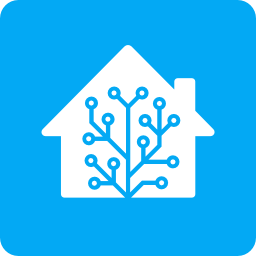I see a lot of posts about people who like their Zigbee and Z-Wave products. As I’m setting up the hardware in my home, I’m using Wi-Fi products because I already have Wi-Fi. I don’t see much difference in price. What is the actual benefit of setting up a separate network for home devices? Is there a reason that I should consider setting up one of these networks?


I’ve got about 30 zwave devices, and at first the idea of the 900mhz mesh network sounded like a really solid solution. After running them for a few years now if I were doing it again I would go with wifi devices instead.
I can see some advantages to the mesh in a house lacking wifi coverage. However I would guess most people implementing zigbee/zwave probably have a pretty robust wifi setup. But if your phone doesn’t have great signal across the entire house a lightswitch inside of a metal box in the wall is going to be worse.
Zwave is rather slow because it is designed for reliability not speed. Not that it needs to be fast but when rebooting the controller it can take a while for all of the devices to be discovered, and if a device goes missing things break down quickly, and the entire network becomes unresponsive even if there is another path in the mesh. Nothing worse than hitting one of your automations and everything hangs leaving you in the dark because one outlet three rooms over is acting up.
It does have some advantages, like devices can be tied to each other (i.e. a switch tied to a light) and they will work even without your hub being up and running (zwave controller I think can even be down).
Zwave/Zigbee also guarantee some level of compatibility/standardization. A lightswitch is a lightswitch it doesn’t matter which brand you get.
On the security front Zwave has encryption options but it slows down the network considerably. Instead of just sending out a message into the network it has to negotiate the encrypted connection each time it wants to send a message with a couple of back and forth packets. You can turn it on per device and because of the drawbacks the recommendation tends to be, to only encrypt important things like locks and door controls which isn’t great for security.
For Zwave 900mhz is an advantage (sometimes). 900mhz can be pretty busy in densely populated areas, but so can 2.4 for zigbee/wifi. If you have an older house with metal boxes for switches/plaster walls the mesh and the 900mhz penetration range may be an advantage.
In reality though I couldn’t bridge reliably to my garage about thirty feet away, and doing so made me hit the Zwaves four hop limit so I couldn’t use that bridge to connect any additional devices further out. With wifi devices connecting back to the house with a wifi bridge, a buried Ethernet cable, etc can extend the network much more reliably. I haven’t tried any of the latest gens of Zwave devices which are supposed to have higher range.
The main problem with wifi devices is that they are often tied to the cloud, but a good number of them can be controlled over just your LAN though. Each brand tends to have their own APIs/protocols though so you need to verify compatibility with your smart hub before investing.
So if you go the wifi route make sure your devices are compatible and specifically check that your devices can be controlled without a cloud connection. Especially good to look for devices like Shelly that allow flashing of your own firmware or have standardized connection methods in their own firmware (Shelly supports MQTT out of the box)